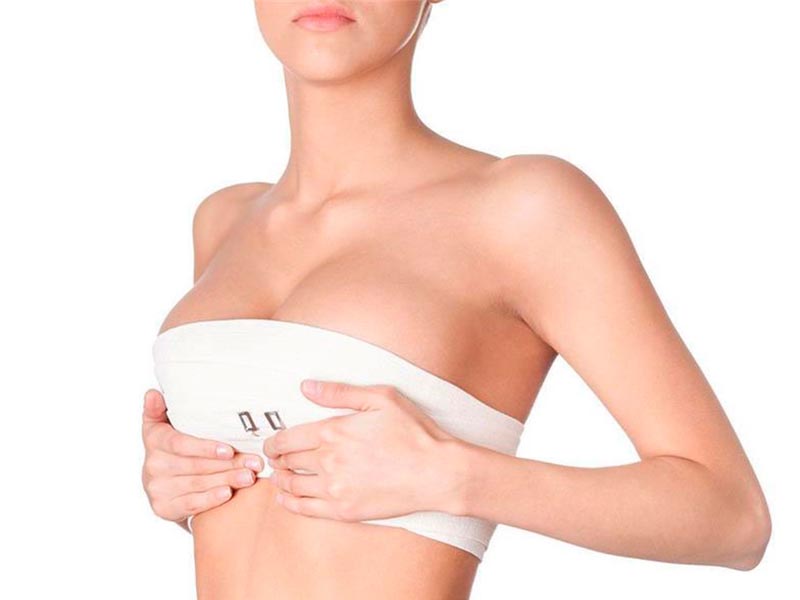
Frequently Asked Questions About Breast Augmentation
The breast is an organ that defines the human species, and thanks to the breast tissue that begins to develop during puberty, humans have achieved superiority over other species on Earth. Breast tissue starts developing during adolescence and usually completes its development around the age of 16. The lack of development in breast tissue, which symbolizes femininity, can especially cause concern among young individuals. Those seeking ways to enlarge their breasts often research whether flaxseed oil, cinnamon oil, flaxseeds, lavender oil, or petroleum jelly are effective. However, the healthiest method for breast augmentation is neither hand massages nor vacuum devices. The most effective and proven method remains silicone implants. In medical terminology, breast augmentation is referred to as breast augmentation surgery or augmentation mammoplasty.
Another option, albeit with the disadvantage of requiring multiple sessions, is fat transfer. This involves harvesting fat from areas like the abdomen, thighs, or waist and injecting it into the breasts. However, injecting foreign materials such as certain fillers into the breasts is a method I never recommend.
Breast augmentation surgery should only be performed after the breast tissue and the individual's overall development are complete, which is typically after the age of 18. Breast augmentation can be done at 20, 30, or even in one's 70s. It is not possible to perform this surgery without making an incision on the skin. The incisions are generally hidden in the inframammary fold (my preferred method), around the areola, or along the inner surface of the armpit. All surgical incisions leave scars, but it is crucial to place them in less visible areas.
Silicone implants placed inside the breast can be either round or anatomical (teardrop-shaped). Neither shape is inherently superior to the other; the choice depends on the individual's chest anatomy and breast shape. Silicone implants can be positioned either beneath the breast tissue or under the pectoral muscle. If there is little to no breast tissue or the tissue is very thin, the implant should be placed under the muscle.
Patients often worry about experiencing severe pain after breast augmentation surgery. However, this is entirely a myth. The pain is not unbearable and can be managed with painkillers. After the surgery, you will stay in the hospital for one night and be discharged the next day. A special bra is provided after surgery, and it is essential to wear this bra for six weeks.
Silicone implants are medical devices and can cause complications in some patients either immediately after surgery or years later. Early complications include wound healing issues, discharge, and infection. Long-term complications may involve the development of capsular contracture—a reaction where the body forms a hard, painful tissue around the implant, causing deformity.
The lifespan of silicone implants is not lifetime. On average, implants last 10 years, and they should be replaced after about 15 years. There is no increased risk of developing autoimmune diseases or breast cancer associated with silicone implants. In fact, breast cancer in patients with implants is often detected at earlier stages.